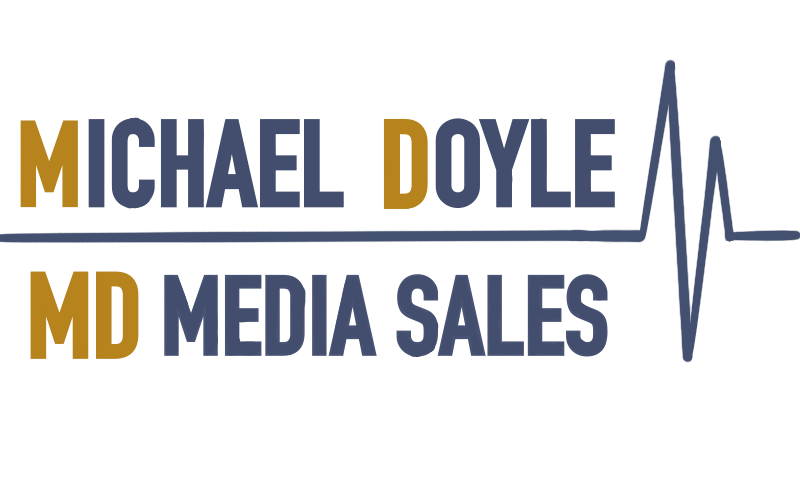The Danger of CPM Selling For Radio -When I say “Cluster, “ You say…
The Radio Industry isn’t brilliant at change. We’re not. Think about it. When deregulation allowed Radio Station owners to own groups of stations in a single market, we decided to call them “Clusters.”
What’s the first word that comes to mind when you hear “Cluster.” Don’t say it out loud or your mother will wash your mouth out with soup. I can tell you for me, it’s not, “a group of stations located in the same market or DMA.”
Why don’t we call them “Local Audio Networks?” Wouldn’t that be a better name than “Cluster?”
When Arbitron (precursor in Radio Ratings to Nielsen) shifted top 50 markets to electronic measurement from paper diaries, we let advertisers and their agencies use this change to decrease our rates, negotiate concessions and generally just eat our lunch. The audience metrics changed, the Average Quarter Hour rating went down, the total audience sizes (Cumulative rating or Cume) went up. Arbitron explained that advertisers should take this into account and adjust their Cost per Point Goals.
Instead, the Radio industry caved. We believed that the “other guys” were giving in. We got out negotiated, and it hurt our business. We were afraid.
Now the world wants a measurement that can be used for currency in price negotiation across print, video, and audio. So, CPM or Cost Per Thousand Gross Impressions is offered to replace CPP or Cost Per Rating Point. Why? Because you can’t compare CPP across platforms to digital advertising.
Here’s the danger. Impressions in digital are served one at a time, and Impressions in mass media are served in bunches. I witnessed in 2020, before my ‘retirement,’ agencies arguing that they wanted to pay the same CPM for the Morning Drive, highly rated, mass audience commercial as they paid for nights and weekends? What’s the problem with that?
Once I can buy a huge audience at the same CPM as the lower rated time-period like overnight, they DON’T NEED TO BUY THE LOWER RATED PERIOD. (Sorry, didn’t mean to yell). All impressions are not created equal.
The Radio Industry needs to insist in all negotiations that hitting a CPM goal should be the price of the entire package, not the CPM for all individual programs or dayparts. To do otherwise will be a disaster. Rates should be determined by the size of the audience and the demand on that inventory.
Advertising Agencies are already using the CPM shift as another way to devalue Over the Air Radio. If the industry shifts to CPM selling (and it will), then station owners in rated markets need to stand up, and fight for the idea that even in a CPM world, higher station audiences deserve higher CPMs. The same way that you pay a premium for premium positions on premium websites. The same way that Delta Comfort costs more than main cabin.
Seems logical. Seems to make sense. So why am I worried?
There’s an old joke that if the Radio Industry were to start a firing squad, we’d all stand in a circle around the guy being shot. Think about it. It’s a pretty good analogy.
It’s time for the industry to say we believe in cross platform measurement, but that mass impressions are priced differently, that prime time inventory is sold at a premium, and to compare us to digital, advertisers should be willing to use all of our inventory, nights, weekends, overnight included. We need to train our sellers on how to sell by CPM, and that the value of your inventory is not just predicated on the impressions, but also the predicted sellout. What you sell it for should be based upon the predicted demand, and the competition for your best inventory.
If an impression is an impression, then the 500 people who hear a commercial at 4 AM are valuable too, and with less demand on that inventory, we can package it to balance the high demand inventory. Smart advertisers will understand this is true. It is better to reach all the audience, not just prime time.
I don’t mean an industry statement. That might even be illegal. I mean companies need to tell their own sellers, local, national and network. Continuing to devalue your inventory adds more stress to a business whose audience size is under pressure from more competition. It takes courage to say “No.” It’s time for courage.
If the industry wants to win, it must stop shooting at each other, and focus on the advertising pie outside of radio and audio.
Makes sense. Why am I worried?
I’m worried because we don’t handle change well. It may turn out to be a Cluster……

